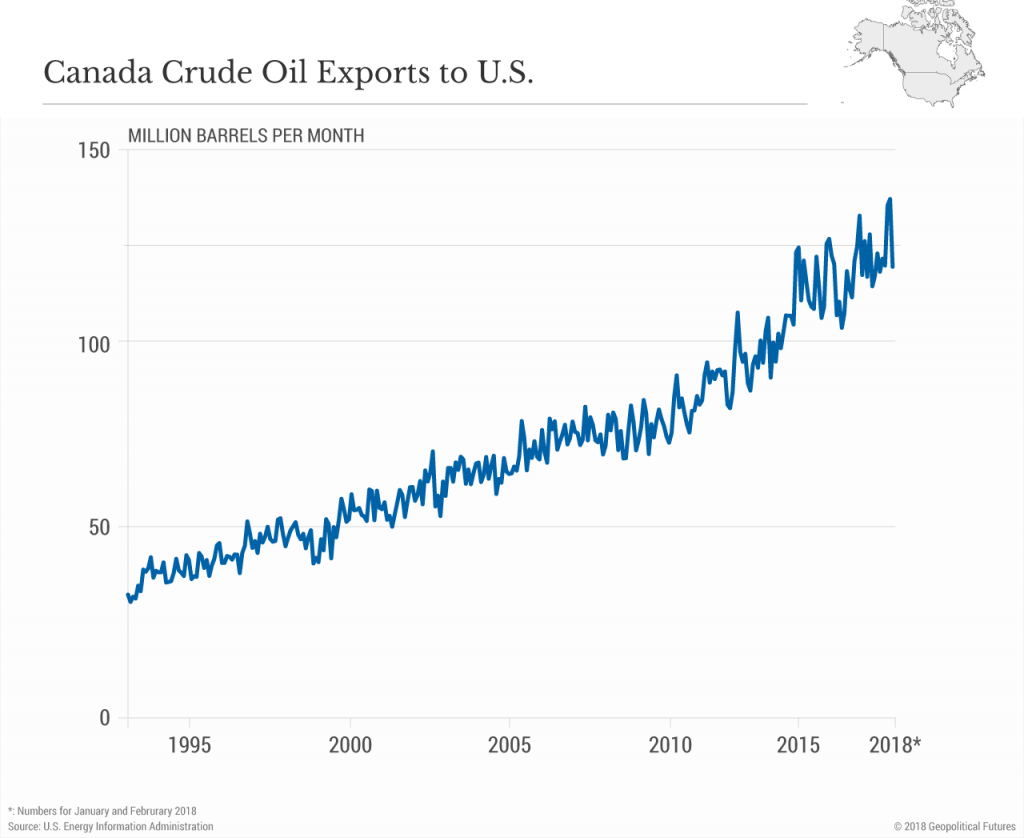Trump's Tariff Turmoil: A Posthaste Analysis Of The Impact On Canadian Consumers

Table of Contents
Increased Prices on Goods
Trump's tariffs directly led to higher prices for a range of imported goods from the United States. This increase wasn't abstract; it translated into tangible costs for Canadian consumers at the grocery store, the hardware store, and the car dealership. Specific examples of affected goods include steel, lumber, and automobiles.
- Steel: The tariffs on steel imports increased the cost of construction materials and manufactured goods, impacting everything from new homes to appliances. Studies suggest a price increase of approximately 5-10% on steel products.
- Lumber: The tariff on lumber resulted in a significant increase in construction costs, impacting both residential and commercial building projects. Estimates indicate a 15-20% increase in lumber prices for Canadian consumers.
- Automobiles: Tariffs on automotive parts and vehicles led to higher prices for new and used cars, impacting affordability for many Canadians, particularly those in lower income brackets. The impact varied depending on the make and model of vehicle.
These price hikes disproportionately affected low-income families, who allocate a larger percentage of their income to essential goods and services. The increased cost of living put a strain on household budgets, forcing many to cut back on other expenses or delay major purchases.
Impact on Specific Industries
Several key Canadian industries heavily reliant on US trade suffered significantly from Trump's tariffs. The automotive, forestry, and agricultural sectors were particularly vulnerable.
- Automotive: The Canadian automotive sector, deeply integrated with the US supply chain, faced reduced production and job losses due to increased costs and reduced competitiveness. Many auto parts manufacturers struggled to maintain profitability.
- Forestry: The lumber industry was severely hit by the tariffs, resulting in mill closures, job losses, and reduced exports to the US market. This ripple effect impacted related industries, including transportation and logistics.
- Agriculture: Canadian agricultural producers faced challenges exporting goods to the US, leading to reduced income and market uncertainty. Specific products, such as softwood lumber and dairy products, were particularly affected.
While the Canadian government implemented some support measures to mitigate the impact, these were often insufficient to fully offset the negative consequences of the tariffs.
Consumer Behavior Changes
Faced with higher prices, Canadian consumers adapted their purchasing habits. This shift in consumer behavior reveals the significant impact of Trump's tariffs.
- Increased demand for domestic alternatives: Where possible, consumers switched to domestically produced goods to avoid the higher prices of imported goods.
- Shift towards cheaper substitutes: Consumers opted for cheaper alternatives or substitutes for affected products. This impacted brand loyalty and shifted consumer spending towards budget-friendly options.
- Reduction in overall consumption: Many consumers reduced their consumption of certain goods due to the increased cost, impacting overall spending patterns.
- Data analysis comparing consumer spending patterns before and after the tariff implementation further illustrates these shifts. Studies show a noticeable reduction in spending on certain goods.
The Role of Retaliatory Tariffs
Canada responded to Trump's tariffs with retaliatory tariffs on US goods. These countermeasures aimed to protect Canadian industries and consumers but also had consequences.
- The Canadian retaliatory tariffs targeted specific US products, aiming to offset the economic damage caused by US tariffs.
- While these measures offered some protection, they also led to higher prices for some imported goods from the US in Canada and impacted bilateral trade relations.
- The effectiveness of retaliatory measures in fully protecting Canadian consumers is debatable and varied depending on specific industries.
Long-Term Economic Consequences
Trump's tariffs left a lasting impact on the Canadian economy and its consumers. The long-term effects are complex and still being fully assessed.
- Trade relations: The tariffs strained trade relations between Canada and the US, creating uncertainty and impacting future economic collaborations. Trust and collaboration were eroded.
- Supply chain shifts: Canadian businesses sought to diversify their supply chains, reducing reliance on US imports. This strategic shift in the long term can affect the economic landscape.
- Consumer behaviour changes: Some of the changes in consumer behavior brought about by the tariffs may persist, influencing longer-term spending habits and consumer preferences.
Conclusion
Trump's tariffs on Canada had a significant and multifaceted impact on Canadian consumers. Increased prices on imported goods, disruptions to key industries, changes in consumer behavior, and lasting economic consequences are all undeniable outcomes. The ripple effects extended beyond immediate price increases, affecting jobs, investment, and trade relations. Understanding the full impact of Trump's trade policies on Canada requires further investigation. Learn more about the lasting effects of Trump's tariffs and their consequences for Canadian consumers and explore the ongoing implications for the Canadian economy.

Featured Posts
-
 Spartak Razgromil Rostov V 23 M Ture Rpl Podrobniy Otchet O Matche
Apr 23, 2025
Spartak Razgromil Rostov V 23 M Ture Rpl Podrobniy Otchet O Matche
Apr 23, 2025 -
 Skubal Silences Brewers 7 Inning Shutout Performance
Apr 23, 2025
Skubal Silences Brewers 7 Inning Shutout Performance
Apr 23, 2025 -
 Giants Flores And Lee Deliver Again In Win Against Brewers
Apr 23, 2025
Giants Flores And Lee Deliver Again In Win Against Brewers
Apr 23, 2025 -
 Francona Misses Brewers Game Illness Sidelines Guardians Manager
Apr 23, 2025
Francona Misses Brewers Game Illness Sidelines Guardians Manager
Apr 23, 2025 -
 Chinas Oil Pivot From Us Dependence To Canadian Opportunities
Apr 23, 2025
Chinas Oil Pivot From Us Dependence To Canadian Opportunities
Apr 23, 2025
Latest Posts
-
 News From The Bangkok Post The Push For Better Transgender Rights
May 10, 2025
News From The Bangkok Post The Push For Better Transgender Rights
May 10, 2025 -
 The Bangkok Post And The Ongoing Struggle For Transgender Equality
May 10, 2025
The Bangkok Post And The Ongoing Struggle For Transgender Equality
May 10, 2025 -
 The Impact Of Trumps Executive Orders On The Transgender Community A Call For Stories
May 10, 2025
The Impact Of Trumps Executive Orders On The Transgender Community A Call For Stories
May 10, 2025 -
 Examining Transgender Equality Issues Highlighted By The Bangkok Post
May 10, 2025
Examining Transgender Equality Issues Highlighted By The Bangkok Post
May 10, 2025 -
 The Bangkok Post And The Fight For Transgender Equality In Thailand
May 10, 2025
The Bangkok Post And The Fight For Transgender Equality In Thailand
May 10, 2025
